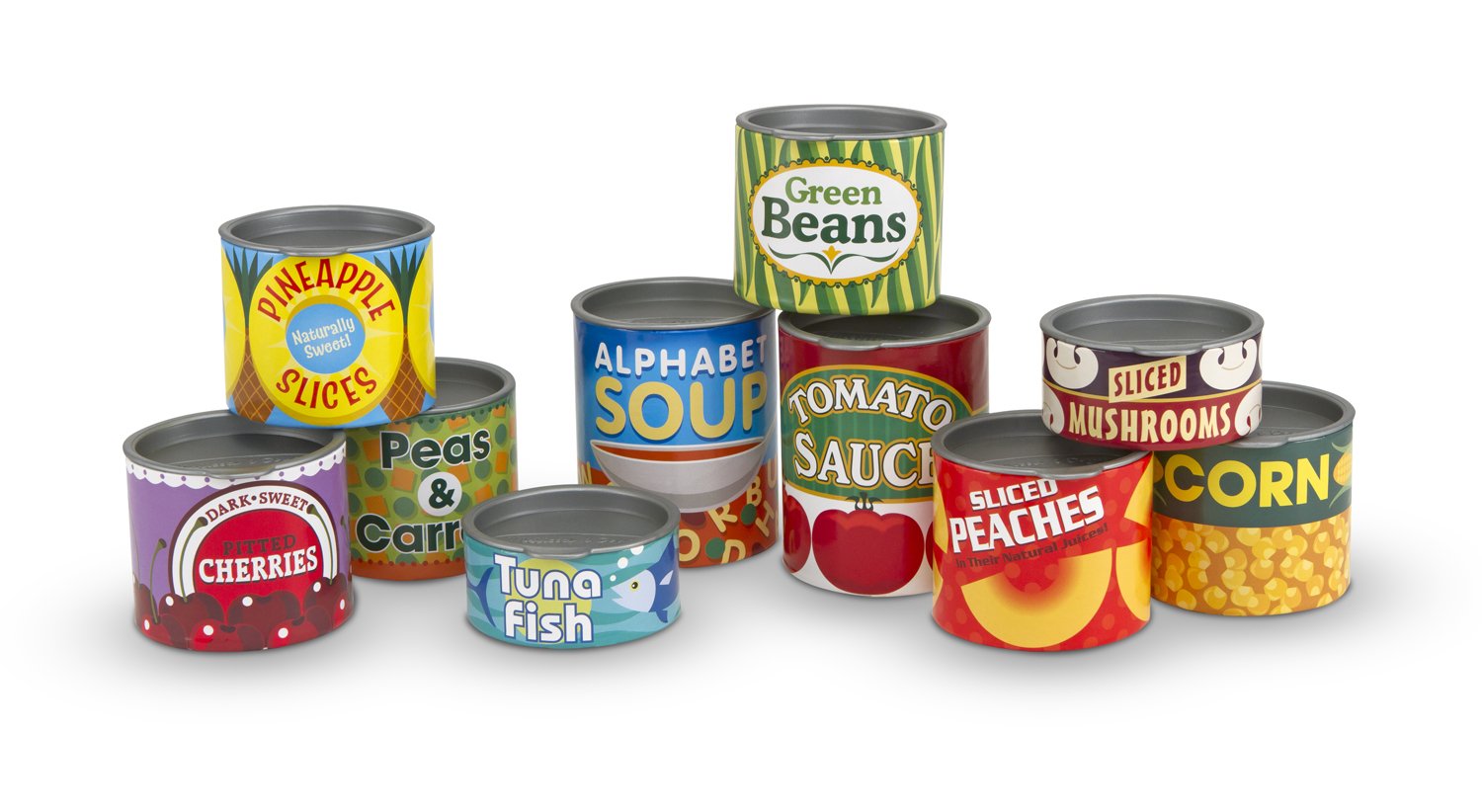Post by Gail’s daughter, Virginia Allain.
Each fall, we visited the family in Kansas while traveling with our RV. Then as we wend our way home to Florida, we make a tourist stop along the way. One year, we stopped in the Victorian spa city, Hot Springs, Arkansas.
What to See in Hot Springs
Tour the historic bathhouses on Bathhouse Row. Walk the length of it admiring the turn-of-the-century architecture. Pause to read the history of each (posted in front).

One of the bathhouses – photo from Pixabay
Then stroll back along the promenade through Hot Springs National Park. Note the fountains, the view to the downtown and the bathhouses and the well-landscaped park. There are a number of trails to explore if you like walking and have the time for longer excursions.
Go inside the Fordyce Bathhouse to see the preserved steam room, hydrotherapy room, the men’s bath hall and the women’s bath hall, dressing room, etc. It really gives you the feel for the early days of the spas in Hot Springs. Watch the film to get a good overview of the town’s history.

Photo from Pixabay
You can have the full spa experience even today. Buckstaff Bathhouse Company has been open since 1912. They have hot packs, steam cabinets, Swedish massages, and traditional thermal mineral baths.
Wander through the shops in the vintage buildings across from Bathhouse Row. They include antique stores and specialty shops.
The length of your visit depends on if you want to zip through the historic district and shops (one day) or if a more leisurely tour appeals. If your visit covers two or three days, then you can cruise Lake Hamilton on a riverboat that has luncheon cruises and a sunset dinner/dance cruise. Visit the Mountain Tower to get a bird’s eye view of the area. Search for diamonds at the Crater of Diamonds State Park. You can keep any you find. The area is quite scenic so there is plenty of camping, hiking, and boating/fishing to enjoy.
The area is loaded with attractions including crystal mines where you dig your own crystals, a racetrack, a Gangster Museum, a winery, the National Park Aquarium, an alligator farm, woodland gardens, and more. Check ahead for special events (Oktoberfest, Balloons and BBQ Weekend, Documentary Film Festival, Music Festival, etc.).










 Western movies? Our favorites were movies with Tom Mix, Dale & Roy Rogers, Gene Autry, and Hop-a-Long Cassidy in them. Where did you go to see the movies? Who did you go with and what did it cost to get in? Who could forget the smell of the popcorn? Describe the theater inside & out. Do you remember the first drive-in-movies? Did your theater have drawings or gifts?
Western movies? Our favorites were movies with Tom Mix, Dale & Roy Rogers, Gene Autry, and Hop-a-Long Cassidy in them. Where did you go to see the movies? Who did you go with and what did it cost to get in? Who could forget the smell of the popcorn? Describe the theater inside & out. Do you remember the first drive-in-movies? Did your theater have drawings or gifts?


